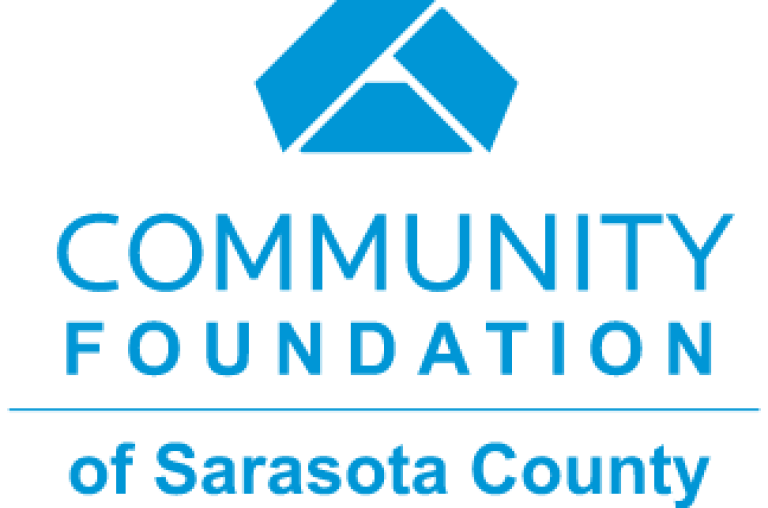February 1, 2023
The Road Ahead: Recovering with Resiliency
Categories: CEO Message, Suncoast Disaster Recovery Fund,
There are so many adages about our senses, especially sight. From “seeing is believing” to “what you see is what you get,” we pay attention to what grabs our attention, and that can be something difficult to hold onto.
Often in philanthropy we are invited to be part of repairing something material, or augmenting programs that have strong evidence to show their effectiveness and results. But what about when there is an issue that we can no longer see? The last four months our region has been physically rebuilding after Hurricane Ian. Streets were repaired and buildings were mended – all important for us to get our society operating again.
But what happens to those invisible wounds—the trauma, fear, anguish, and helplessness that can arise in the aftermath of a disaster? We are only just now starting to learn what is needed to repair isn’t immediately visible. Thanks to the Suncoast Disaster Recovery Fund, we have an opportunity to help repair broken spirits as much as broken buildings. This last month, members of our board, staff, and residents of the communities most affected by the late-September storm have been gathering to learn where the $5 million of support can have the greatest impact to help our region recover with resilience by supporting long-term healing of people and nonprofit organizations.
This is more nuanced than immediate relief, which I’m thankful Season of Sharing has been able to provide. Disaster recovery requires patience to listen and then build a thoughtful strategy that puts the people most affected in a place of empowerment, rather than having to comply with more regulations. I heard this several times when I spoke with my colleagues on a panel in January for the Community Foundations of Florida. The experience from others at the Greater New Orleans Foundation, the Miami Foundation and the Center for Disaster Recovery affirmed that our task force is on the right path. Our role of community foundations is to resist the instinct to swoop in and help, and instead let communities tell us where they need help when they are at a place that can be assessed and shared. What we’ve learned through these site visits is that even now, 140 days after the storm, people are only just beginning to imagine what that long-term healing will look like.
Some of what our task force has heard is that long-term recovery might entail supports for mental health counselors for children and seniors, untapped ways to ease housing costs, or even improvement of communications between human services providers to be ready for the next storm, which we are sure will come. Either way, this is a people-centric approach meant to strengthen our human response to this type of catastrophe. In one listening session in Charlotte County, a participant said it well: “We need people resiliency, not just building or infrastructure resiliency, so we can deliver to the community what it deserves.”
A key takeaway for me was that effective disaster response, no matter what the disaster, is the work that comes after claims have been filed and people resume their lives. It’s only after dust settles that we can clearly see the common disaster funding gaps and begin to address them.
In this, we will do what we always do: listen to our community, our nonprofit partners, and experts from around the nation who can help us shape a response that will allow this community to heal and be ready for the next disaster. We’re just now collecting data that will inform our grantmaking strategy for these important funds. I invite you to follow along by checking in, reading our reports, and viewing other Suncoast Disaster Recovery Fund updates and resources.
I’m curious: how have you built resiliency in your life, or supported another in their personal growth? I’d love to hear about it.
With gratitude,
Roxie
